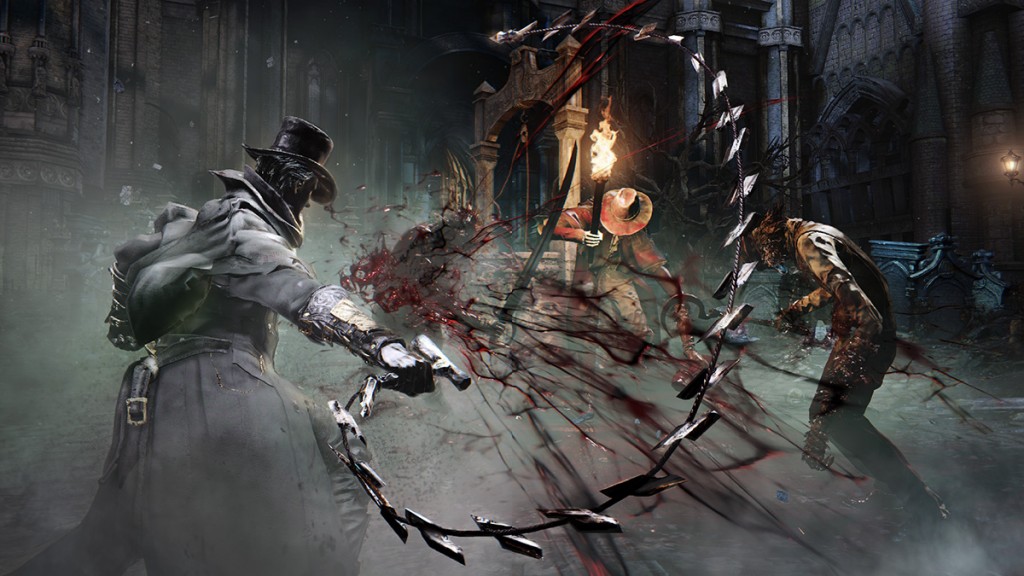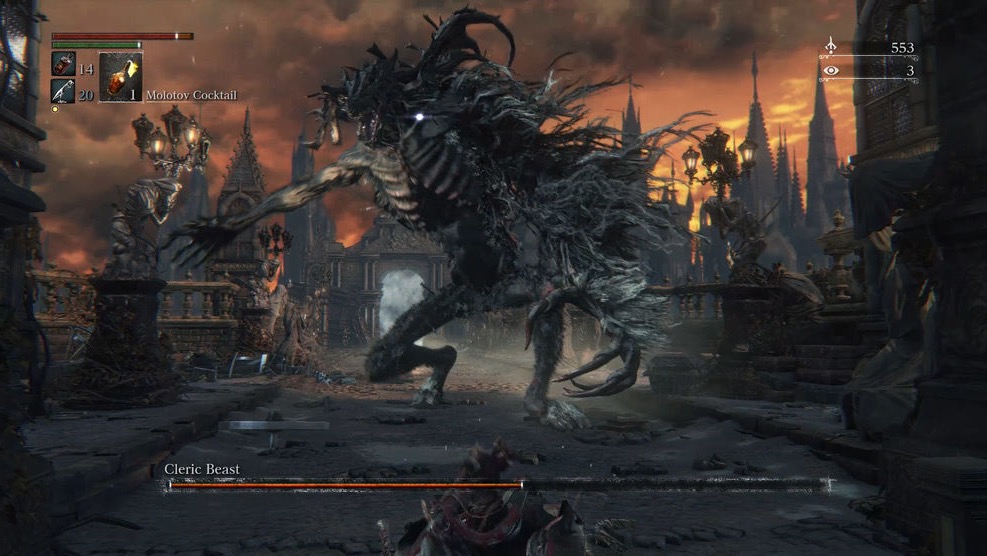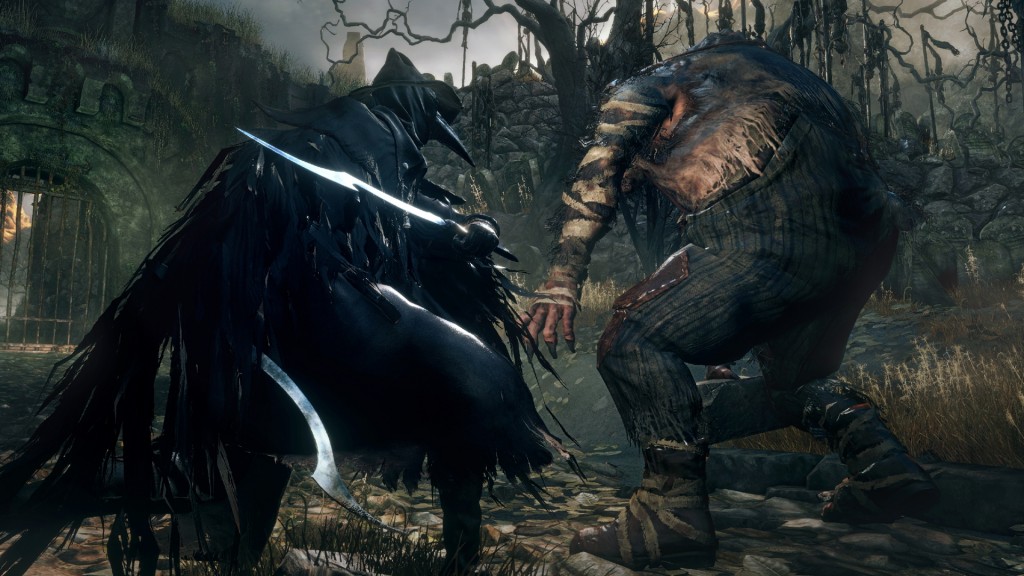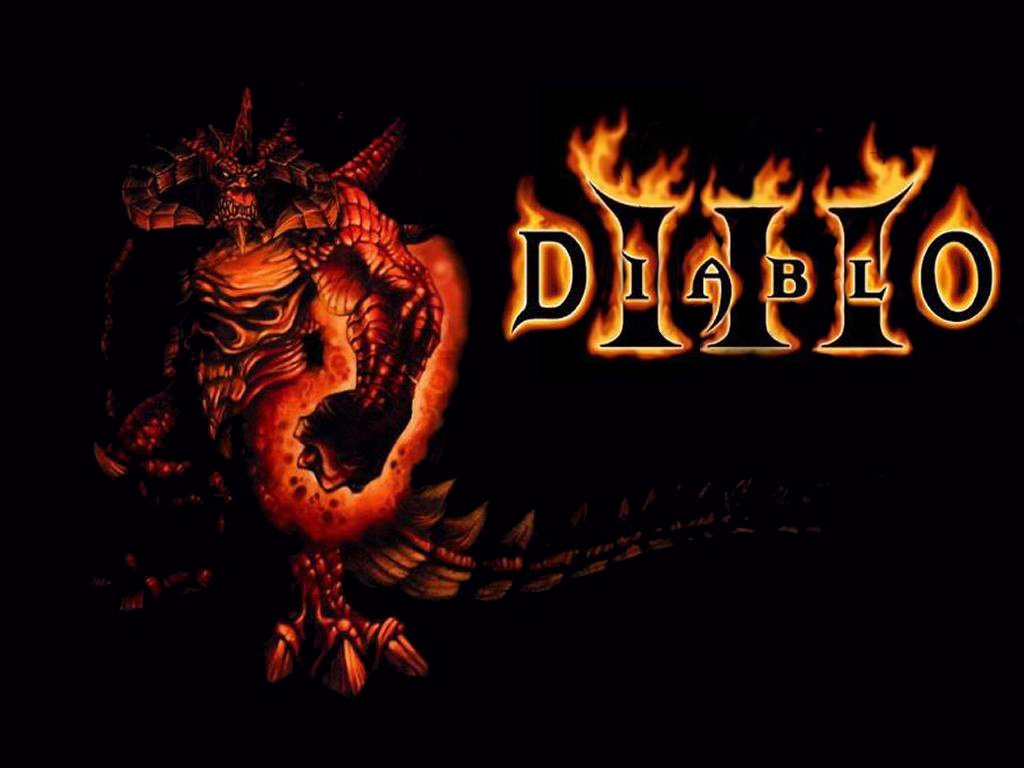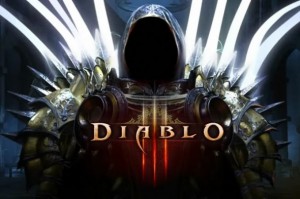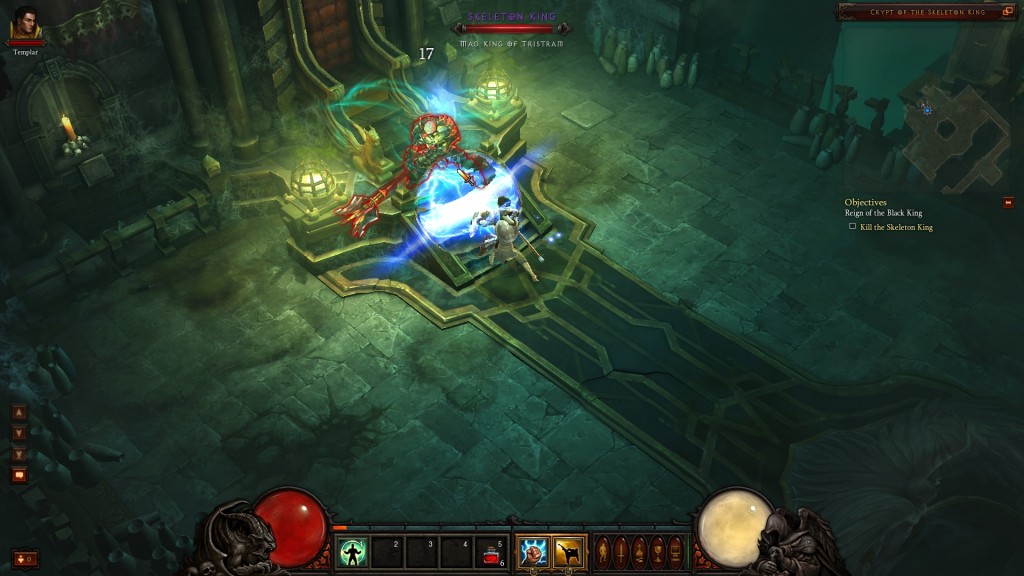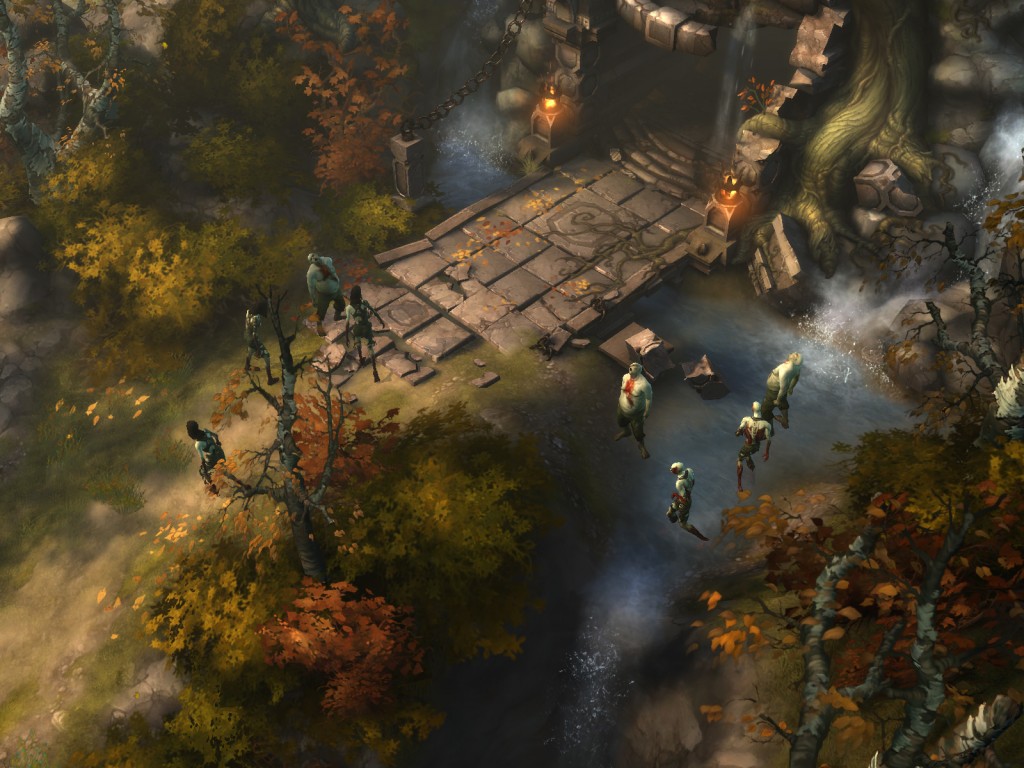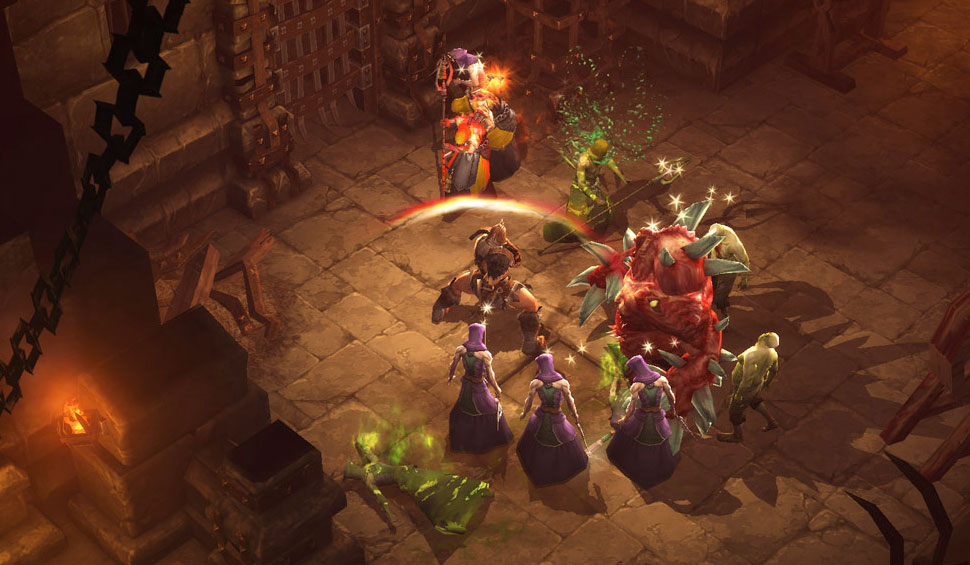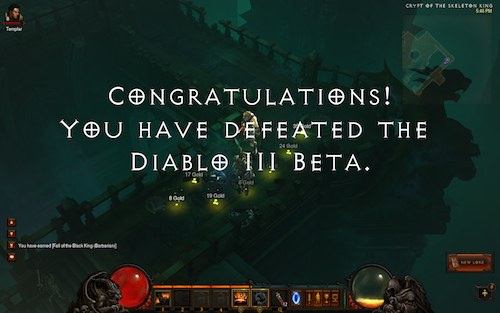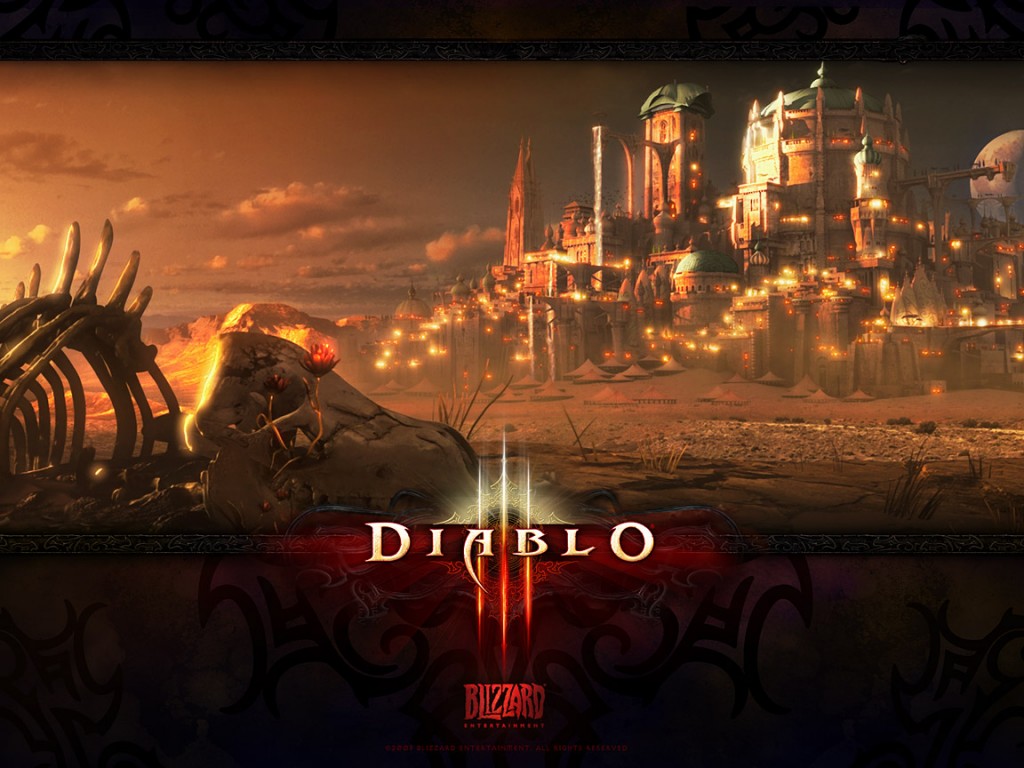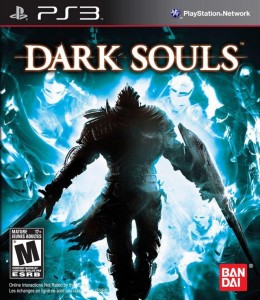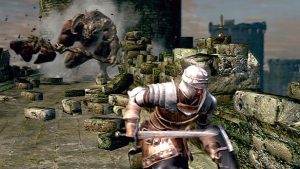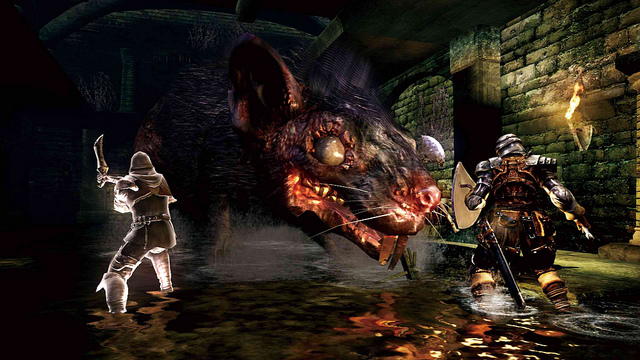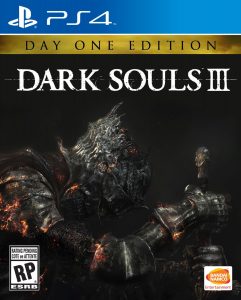 Title: Dark Souls III
Title: Dark Souls III
System: PS4 (also on Xbox / PC)
Genre: (A)RPG
Developer: From Software
Publisher: Bandai / Konami
Director: Hidetaka Miyazaki
Date Played: late April / early May 2016
Rating: Amazing
After the delicious time I had playing Bloodborne, Dark Souls III was a no brainer. Which understates the matter since I preordered it and was playing the day it was released.
Which leads me to both review this latest (and supposedly final) entry in From Software’s legendary Action Role Playing Game genre. But in the process, explore the small but important differences between Dark Souls III (DS3) and Bloodborne (BB) as a detailed exploration of the genre.
If you think of Bloodborne as a modern day Castlevania, then DS3 is a contemporary Ghouls ‘n Ghosts.
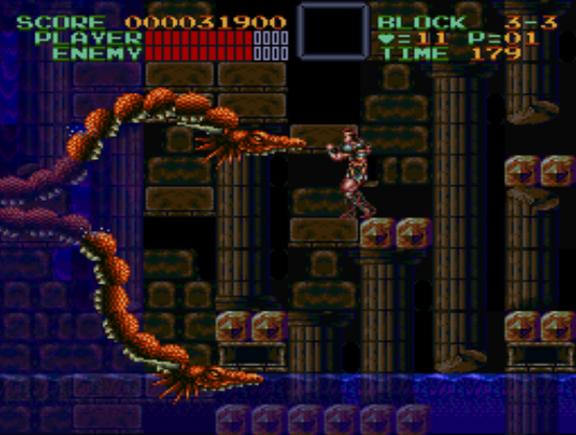
Bloodborne = Castlevania
Both From Software games are born from the same DNA, but the biggest difference is:
Thematic (not gameplay) Genre. BB draws its roots from Lovecraftian horror while DS3 purports to derive from more traditional D&D-esque stock. But, not really. Both games are so dominated by Hidetaka Miyazaki’s specific auteur imprint that their differences are of a most subtle degree. And while Dark Souls is the older franchise, I’d actually argue that in BB the idiosyncrasy of his particular style more closer overlaps with the explicit genre. BB is so “perfectly” Japanese Lovecraftian, while all three Dark Souls pull fantasy much closer to horror. I don’t mean to imply any particular criticism in this observation. I adore both games, and both sub-styles. And while DS3 is more vaguely medieval and BB more vaguely gothic, they just share so much stylistically.
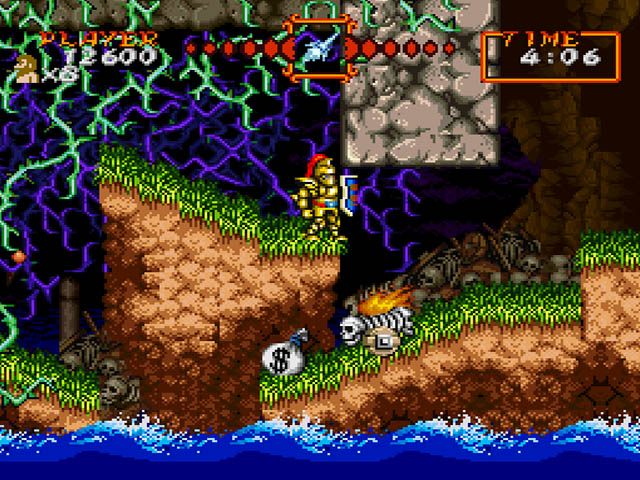
Dark Souls = Ghouls & Ghosts
Style. BB is creepier, but DS3 is certainly creepy. The washed out colors and particular/peculiar shapes and forms are very similar, designed to vaguely discomfort. DS3 tends a little more toward matte while BB likes shiny. Certain textural material motifs are common and some are different. BB likes cloth, leather, eyes, and fur more while DS3 likes metal, fire, stone, and dragons. BB has more 19th century architectural and costuming elements. But both are so dark, gothic, and “churchy”. Plenty of enemies or objects could almost be used in either game. Half the sound effects ARE used in both games.
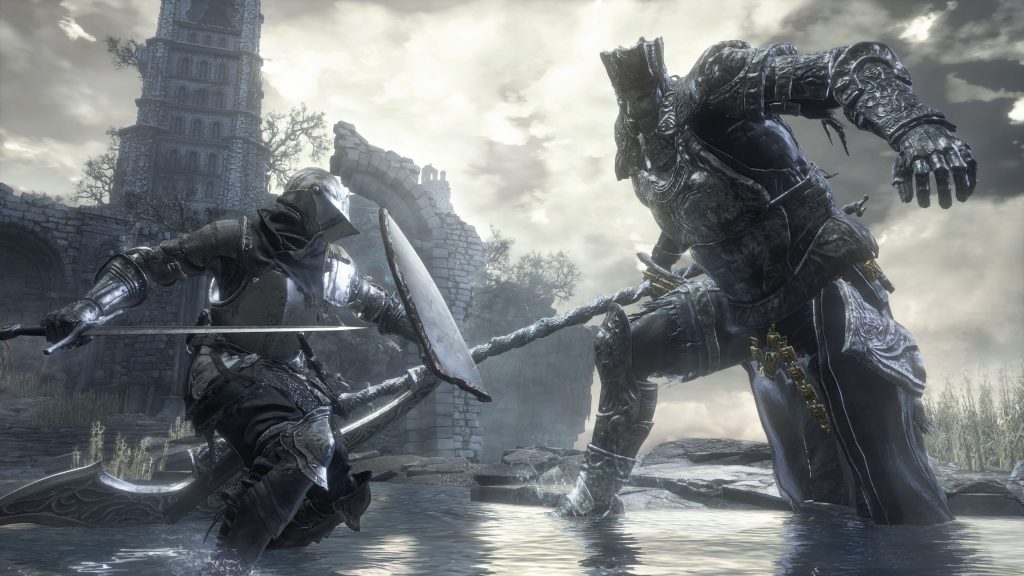 Graphics. Like BB, DS3 is a gorgeous stylized game. The art design is magnificent in its bleakly weird way. Giant vistas abound and strange unique shapes and distorted silhouettes. And although the engine (used by both games) seems perfectly competent, the art direction is more important than the tech. You just have to like dark and weird. Creatures with flowing forms, hidden eyes, and faces, weird mutations, and a generally ruined, graveyard, gothic sort of look. I’d give a slight nod to BB for uniform of graphical style and theme but a slight nod to DS3 for scale and awesome visual scope.
Graphics. Like BB, DS3 is a gorgeous stylized game. The art design is magnificent in its bleakly weird way. Giant vistas abound and strange unique shapes and distorted silhouettes. And although the engine (used by both games) seems perfectly competent, the art direction is more important than the tech. You just have to like dark and weird. Creatures with flowing forms, hidden eyes, and faces, weird mutations, and a generally ruined, graveyard, gothic sort of look. I’d give a slight nod to BB for uniform of graphical style and theme but a slight nod to DS3 for scale and awesome visual scope.
Sound Design. Fabulous music and minimalist but effective fx. The thud of sword on shield, or the grunt of blade on flesh are all fabulously telegraphed.
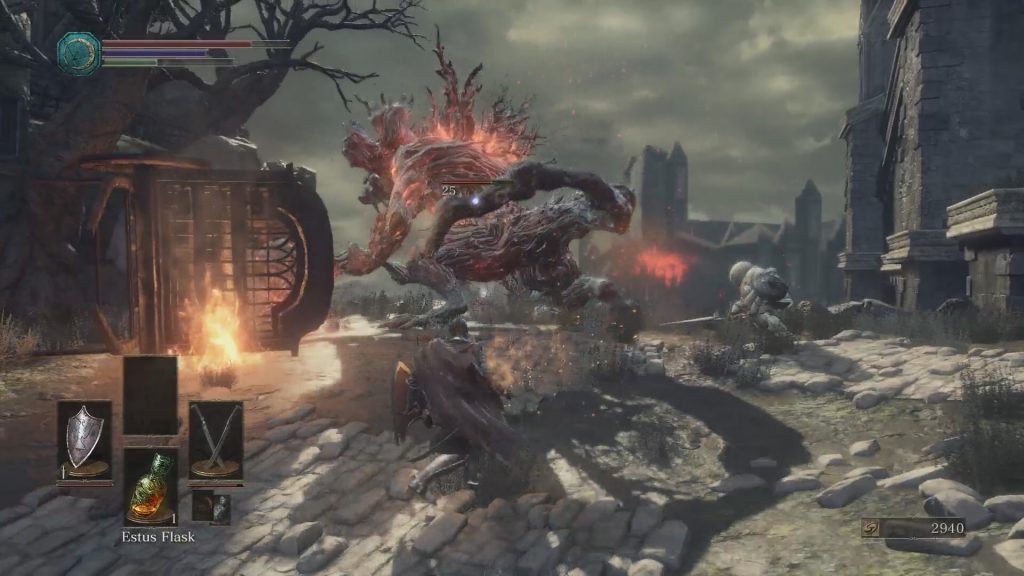 Gameplay. The broad strokes of the two games are nearly identical. You explore a interlinked world where levels fold back on each other. Monsters and death abounds. You fight through and die. And die. And die again. Eventually you may reach continue points (bonefires/lamps) or open up shortcuts that allow you to circumvent areas already explored. Item collection is persistent across death but experience (souls/blood) is lost on death, with a single chance at reclaiming it by fighting through to wherever you lost it. Souls/blood both serve has currency for leveling and item purchase. Weapons can be upgraded and fit with stones/gems.
Gameplay. The broad strokes of the two games are nearly identical. You explore a interlinked world where levels fold back on each other. Monsters and death abounds. You fight through and die. And die. And die again. Eventually you may reach continue points (bonefires/lamps) or open up shortcuts that allow you to circumvent areas already explored. Item collection is persistent across death but experience (souls/blood) is lost on death, with a single chance at reclaiming it by fighting through to wherever you lost it. Souls/blood both serve has currency for leveling and item purchase. Weapons can be upgraded and fit with stones/gems.
Combat, controls, & mechanics. The combat in both games is masterful and varies slightly in important little ways. In DS3 it’s realistic, even typical to carry a shield and block attacks. In BB you can carry a gun, but it does low damage and is useful mostly to interrupt and stun. In both, weapons usually have a 1 and 2 handed mode, but in BB these vary more substantially (at the cost of far less weapons). BB has the “regain system” in which you have a few seconds after taking damage to “take back” some or all of your lost health by attacking again. This encourages a more aggressive style of fighting. In DS3 it is perfectly advantageous to play much slower and more defensively. And since in early levels, BB has 20 healing potions and DS3 only 3-4 until upgraded, the beginning DS3 game requires damage avoidance for survival. BB allows you to charge the big weapon strike and has a dedicated potion button. DS3 allows for much more magic use, opening up very different play styles. But for simplicity I stuck to melee.
I started the original Dark Souls as a caster and paid dearly for it. Only the most advanced players should consider investing in magic during their first playthrough. Melee combat is just so much easier at lower skill point investment. By a New Game+ playthrough, having acquired most of the spells and a lot more skill points, hybrid or caster roles are perfectly reasonable.
Subtle level design decisions also make for combat differences. In BB, you can easily be mobbed by groups of enemies and crowd control is simultaneously more difficult and more important. Same with AOE and sweeping attacks. In DS3 enemies are less clumped, usually only 1-2 at a time — unless you like dying.
Both combat systems are extraordinarily satisfying. The feel is generally excellent, with a slight edge to BB‘s faster, more nimble style. But blocking is highly gratifying as well.
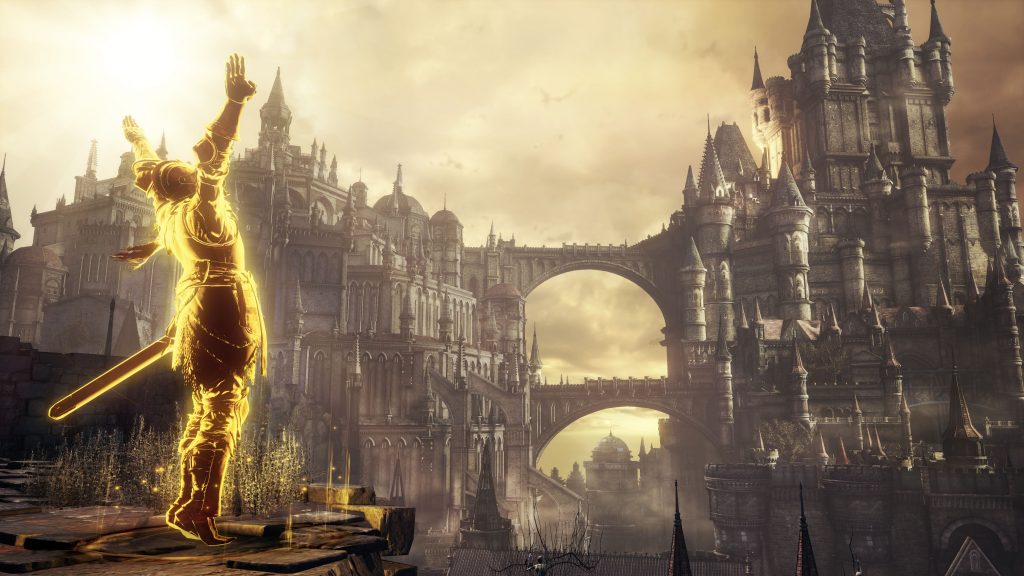 Story. Both games offer minimal and extremely mysterious story. Yet BB actually has boss intro scenes, substantially more cinematics, and even a few vignettes with multiple characters talking. That’s not to say that this fleshes out a single character, or offers even the slightest clarity as to their motivations, just that you see them introduced and they therefore have more “personality.” Definitely I liked this in BB. And the weirdness all fit together more weirdly, lending to a sense of more odd and mysterious goings on. Yet DS3‘s plot is even “grander” and more unknowable. Perhaps mostly because nothing makes any sense at all. Listen to the above intro trailer to get a taste. That’s not to say that lines like “The fire fades. And the Lords go without thrones” or “And so it is that ash seeketh embers” don’t give me goosebumps — no, I love them — but they don’t exactly make a lot of sense. Except perhaps if you have eyes growing inside your skull. Anyway, slight nod to BB for “plot” and “character” — if you can call it that.
Story. Both games offer minimal and extremely mysterious story. Yet BB actually has boss intro scenes, substantially more cinematics, and even a few vignettes with multiple characters talking. That’s not to say that this fleshes out a single character, or offers even the slightest clarity as to their motivations, just that you see them introduced and they therefore have more “personality.” Definitely I liked this in BB. And the weirdness all fit together more weirdly, lending to a sense of more odd and mysterious goings on. Yet DS3‘s plot is even “grander” and more unknowable. Perhaps mostly because nothing makes any sense at all. Listen to the above intro trailer to get a taste. That’s not to say that lines like “The fire fades. And the Lords go without thrones” or “And so it is that ash seeketh embers” don’t give me goosebumps — no, I love them — but they don’t exactly make a lot of sense. Except perhaps if you have eyes growing inside your skull. Anyway, slight nod to BB for “plot” and “character” — if you can call it that.
That said, DS3 has MORE NPCs and more complicated “questlines” (good luck actually understanding them or following them without online help as they are so much looser and less defined than in other RPGs). There is a veritable rat’s nest of guys you need to nudge weirdly along their stories in order to open up as much vending as possible. So a nod to DS3 for complexity (a good thing in this case). BB‘s equivalents feel undeveloped and there are only 1-2 of any magnitude.
Both games have multiple mysterious endings too. In both cases I used my internet prowess to achieve the “most difficult” ending. Yet I’m still not sure what being the Lord of Hollows really means :-).
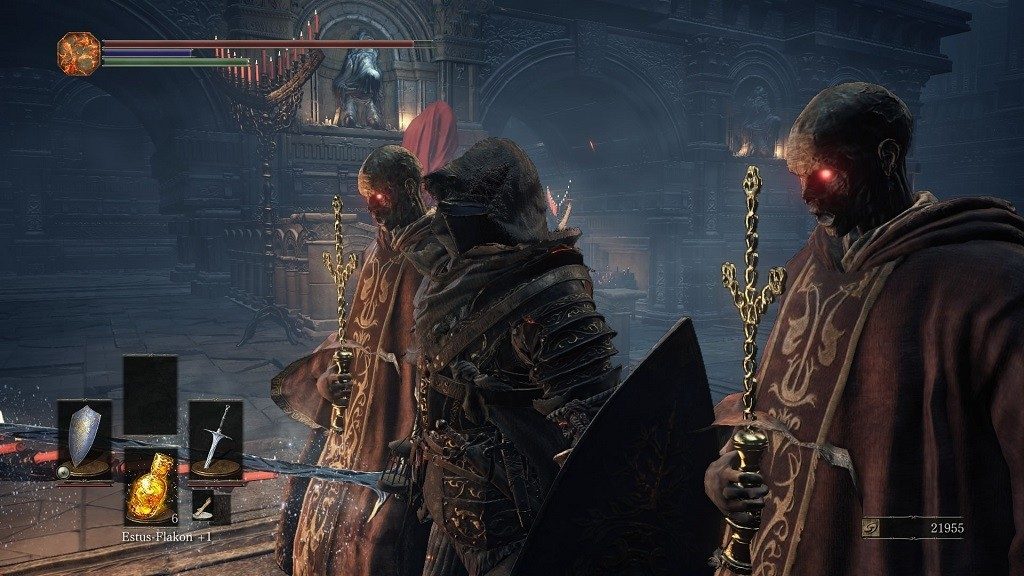 Gear. DS3 has a LOT more gear to collect than BB, but the emphasis is quite different. BB‘s armor is mostly leather or cloth and mostly cosmetic. Some have particular resists, but that’s about it. The weapons in that game are relatively few, but highly differentiated. There are two main types: trick weapon and firearm. In DS3 there is an enormous variety of both weapons and armor with four main weapon types: melee, talisman (for spell casting), bow, and shield. Supposedly all of the weapons are viable, but they aren’t necessarily highly differentiated as there are many similar ones. The armor tends to group into light, medium, and heavy. Unlike BB, weight is a meaningful factor in DS3. I personally went with fairly heavy armor, but it was unclear that the poise attribute (which is supposed to all for heavier armor to prevent you being staggered) was fully functional, or at least worth investing in. The weapons system does suffer from a touch of imbalance. Early on I got a Deep Axe which was fairly powerful, but not very upgradable. It took me a good while to find a weapon and upgrade it to a level where it surpassed this early stage find. It’s hard to know which gear to invest in. DS3 also has MUCH better boss gear rewards. Each boss gives you a soul which can be traded for a choice of two high power items, usually weapons. In DS3, there are a plethora of rings (you can wear 4 at once) that add additional powers. In BB these are replaced by runes (you can wear 3). They are fairly similar but the DS3 system is better in all ways. And overall, I’d give DS3 the win for gear, as it has more stuff and particularly more types of stuff with the shields and whatnot.
Gear. DS3 has a LOT more gear to collect than BB, but the emphasis is quite different. BB‘s armor is mostly leather or cloth and mostly cosmetic. Some have particular resists, but that’s about it. The weapons in that game are relatively few, but highly differentiated. There are two main types: trick weapon and firearm. In DS3 there is an enormous variety of both weapons and armor with four main weapon types: melee, talisman (for spell casting), bow, and shield. Supposedly all of the weapons are viable, but they aren’t necessarily highly differentiated as there are many similar ones. The armor tends to group into light, medium, and heavy. Unlike BB, weight is a meaningful factor in DS3. I personally went with fairly heavy armor, but it was unclear that the poise attribute (which is supposed to all for heavier armor to prevent you being staggered) was fully functional, or at least worth investing in. The weapons system does suffer from a touch of imbalance. Early on I got a Deep Axe which was fairly powerful, but not very upgradable. It took me a good while to find a weapon and upgrade it to a level where it surpassed this early stage find. It’s hard to know which gear to invest in. DS3 also has MUCH better boss gear rewards. Each boss gives you a soul which can be traded for a choice of two high power items, usually weapons. In DS3, there are a plethora of rings (you can wear 4 at once) that add additional powers. In BB these are replaced by runes (you can wear 3). They are fairly similar but the DS3 system is better in all ways. And overall, I’d give DS3 the win for gear, as it has more stuff and particularly more types of stuff with the shields and whatnot.
Gear Upgrading. BB‘s gear upgrade system is a little simpler than DS3‘s. They both have the same four tier currently +3,+3,+3,+1 normal upgrades, but DS3 has 2-3 additional side currencies for upgrading different gear. Boss gear, and other special types fall into at least 2 “non normal” upgrade paths. It also has a more generous supply of gear upgrade items, although split among all these types. BB only has 1-2 of the top upgrade per play-through, DS3 has at least 4-5. The different types are a little confusing. There are also gems that can be socketed on (most) weapons/shields that modify how the items scale. The use of these depends on your build and I only ended up trying 3 of the 15 or so types. In BB, each weapon has a couple sockets for different gems that can either tune the scaling or boost the damage output (a lot!). I liked this additional ability to pump up the power of even a level 10 weapon, so I give BB the edge here.
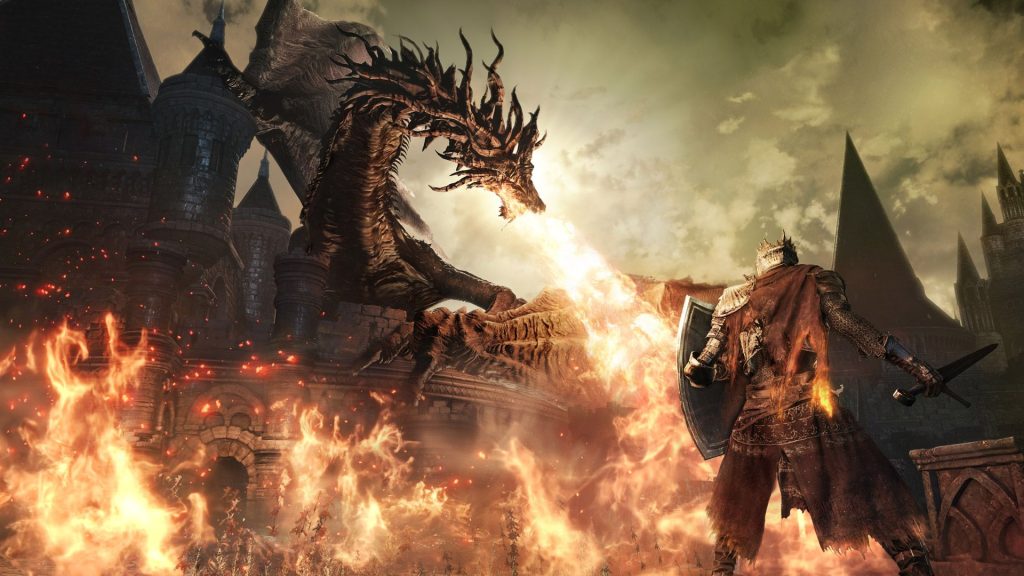 Other collectables and upgrades. In my opinion, as far as RPGs go, the more you can upgrade the better. DS3 allows you to upgrade both the number of flasks and their potency, which BB doesn’t do at all, so this is a big point in DS3‘s favor. It also has more random items and consumables. However, they generally seemed less useful than those in BB. Maybe this is due to BB’s slightly higher overall difficulty level (or just the fact that I got better at this sort of game between). There are lots of spells and whatnot which I didn’t experiment with. DS3 has the whole “ember” system by which you can spend this limited but reasonably available currency to gain max health until you die. I mostly used it for bosses. You need it for multiplayer. There is also the whole hollowing thing, which even as the Lord of Hollows I didn’t totally understand. Somehow dying hollows you out more, and you have less multiplayer ability when hollowed. This is a change from the much more brutal hollowing of Dark Souls where the game just got harder the more often you died.
Other collectables and upgrades. In my opinion, as far as RPGs go, the more you can upgrade the better. DS3 allows you to upgrade both the number of flasks and their potency, which BB doesn’t do at all, so this is a big point in DS3‘s favor. It also has more random items and consumables. However, they generally seemed less useful than those in BB. Maybe this is due to BB’s slightly higher overall difficulty level (or just the fact that I got better at this sort of game between). There are lots of spells and whatnot which I didn’t experiment with. DS3 has the whole “ember” system by which you can spend this limited but reasonably available currency to gain max health until you die. I mostly used it for bosses. You need it for multiplayer. There is also the whole hollowing thing, which even as the Lord of Hollows I didn’t totally understand. Somehow dying hollows you out more, and you have less multiplayer ability when hollowed. This is a change from the much more brutal hollowing of Dark Souls where the game just got harder the more often you died.
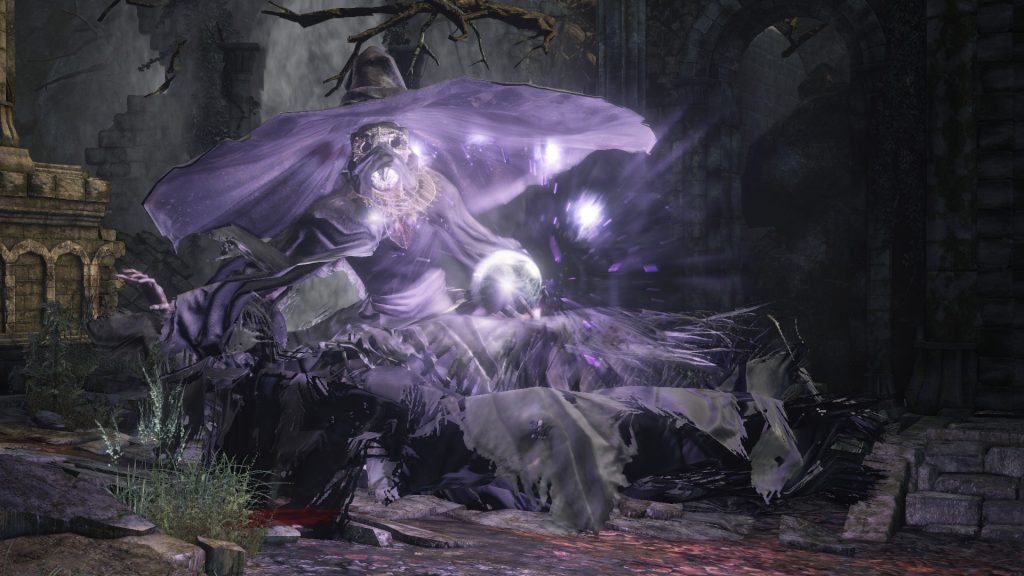 Classes and leveling Mechanics. Being an RPG, both of these games have means by which you level up and improve your characters. These are extremely similar but differ in subtle ways. BB has two currencies, blood and insight. Insight is earned mostly from bosses. Often you can buy the same things with both. Insight subtly changes the game’s look and play, which is very weird but cool. DS3 really just has the souls, which are almost exactly like blood. In both cases, you collect them like XP and can spend them for gear or to level up your character. Their persistence is similar in both games in that you lose them on dying, and have a single life afterward to try to retrieve them from the spot (in DS3) or spot/monster (in BB) where you lost them. This means that if you die with a decent number of points you really need to focus on retrieving them conservatively. If you get cocky during one of these missions you will often lose the batch and end up howling at the TV.
Classes and leveling Mechanics. Being an RPG, both of these games have means by which you level up and improve your characters. These are extremely similar but differ in subtle ways. BB has two currencies, blood and insight. Insight is earned mostly from bosses. Often you can buy the same things with both. Insight subtly changes the game’s look and play, which is very weird but cool. DS3 really just has the souls, which are almost exactly like blood. In both cases, you collect them like XP and can spend them for gear or to level up your character. Their persistence is similar in both games in that you lose them on dying, and have a single life afterward to try to retrieve them from the spot (in DS3) or spot/monster (in BB) where you lost them. This means that if you die with a decent number of points you really need to focus on retrieving them conservatively. If you get cocky during one of these missions you will often lose the batch and end up howling at the TV.
Leveling is frequent, but a painfully small boost to your power. You have to chose which point to invest in. DS3 has more types of points, with higher differentiation, and far more defined character builds. In BB mostly you could go for strength or dexterity builds, with a few people investing in arcane for a weak kind of magic. In DS3, besides the basic stats shared by both games like health, endurance, and item discovery, there is a weight carrying stat and three different magic stats driving (in some combo) three different sorts of spell-casting abilities that can be mixed with melee. These “classes” are a bit odd and nebulous compared to something like World of Warcraft or Diablo, but they are definitely more interesting in DS3 and overall I really like the RPG mechanic.
For me, the leveling mechanic adds to the game on so many “levels,” (haha) which is one of the reasons I always like RPG mechanics. First of all, it gives you more things to progress, and therefore have that “sense of achievement.” Second, if an area gets too difficult, you can always grind somewhere and level up to make it easier. Overall nod is to DS3, but the systems are pretty similar.
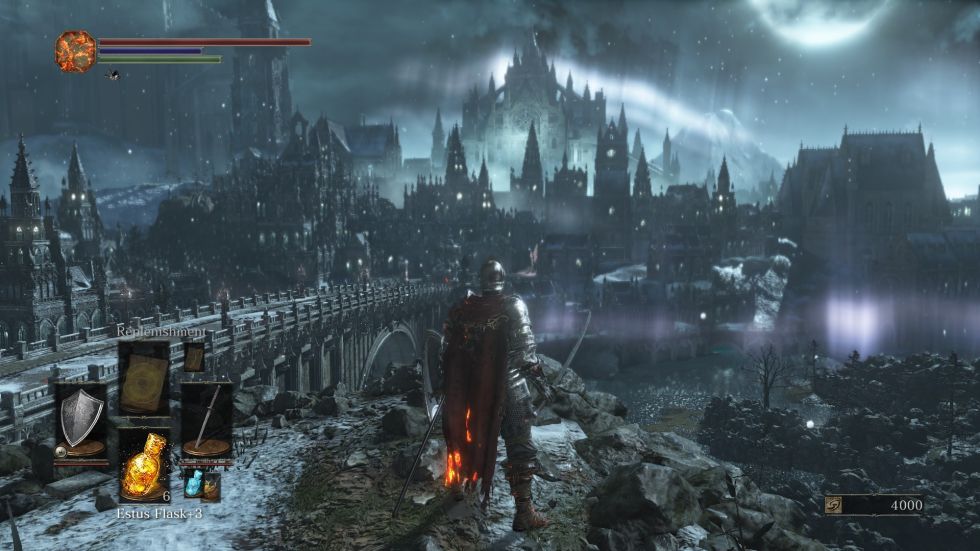 Level Design. DS3 has more levels, and somewhat larger than BB (particularly if you exclude the DLC). The levels are fabulous in both, but quality goes to DS3.
Level Design. DS3 has more levels, and somewhat larger than BB (particularly if you exclude the DLC). The levels are fabulous in both, but quality goes to DS3.
However, BB has the whole chalice dungeon thing which allows for A LOT of extra levels to help farm blood and with their own powerful gem upgrades. There is a lot of content here, but the problem is that it’s boring in comparison to the normal levels. Somehow the featureless dungeon levels, half randomly constructed, are both extremely difficult and very dull. I never really enjoyed playing them.
Creature design in both games is fabulous and while DS3 probably has more, the variety is very good in both cases. Each creature tends to have considerable differences in attack and defense styles, which interplays delightfully with the generally awesome combat mechanics.
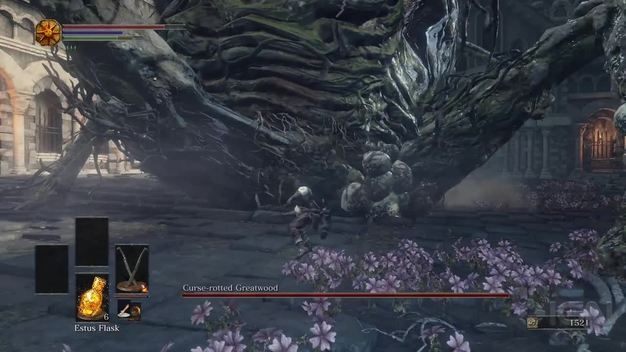
This boss you kill by bursting the sacks hanging between its legs!
Boss Design. Both games focus a lot of energy on bosses. There are many. They look fabulous. They play well, and require significant investment to master. DS3 has more bosses (particularly without DLC), and both games have a lot of excellent dramatic bosses. The BB ones felt more differentiated, mostly had cool intros, and seemed harder. Maybe it’s because I often co-oped the DS3 bosses, maybe I got better between games, maybe not. BB bosses seemed to absolutely require reading strats and watching videos to conquer. Some, like the Orphan of Kos were so insanely hard I still get shivers. Nod to BB for bosses just for sheer evilness.
Hubs. BB has a dedicated “Hunter’s Dream” hub while DS3 has the hub located in the “regular” world. Both have continue points that allow for teleportation, but DS3 allows you to teleport straight from one to the other without returning to the hub. Given the lengthy load times this is a significant plus. In addition, DS3 lets you reset a level at the bonfire without a load.
Co-op Multiplayer. I don’t really do much PVP (if I can avoid it), so I’ll discuss co-op. The system is very odd in both games, and not well “explained.” But it was much easier to summon co-op help in DS3 and I used it extensively to get past bosses. Actually I didn’t even discover it until about 7-8 bosses in, but I used it on most times after that. DS3 bosses are WAY easier with 2 players. More people seems to increase the hit points of the boss more than its worth. Neither of these games bother to explain their odd mechanics. You pretty much have to read about them online. But anyway, DS3 wins here. It also has more bizarre multiplayer factions than BB. In both cases the why you should join them and what they do is vague. You have to read the wiki online for a full explanation. I don’t focus on this kind of thing, but on regular leveling, bosses, gear, etc.
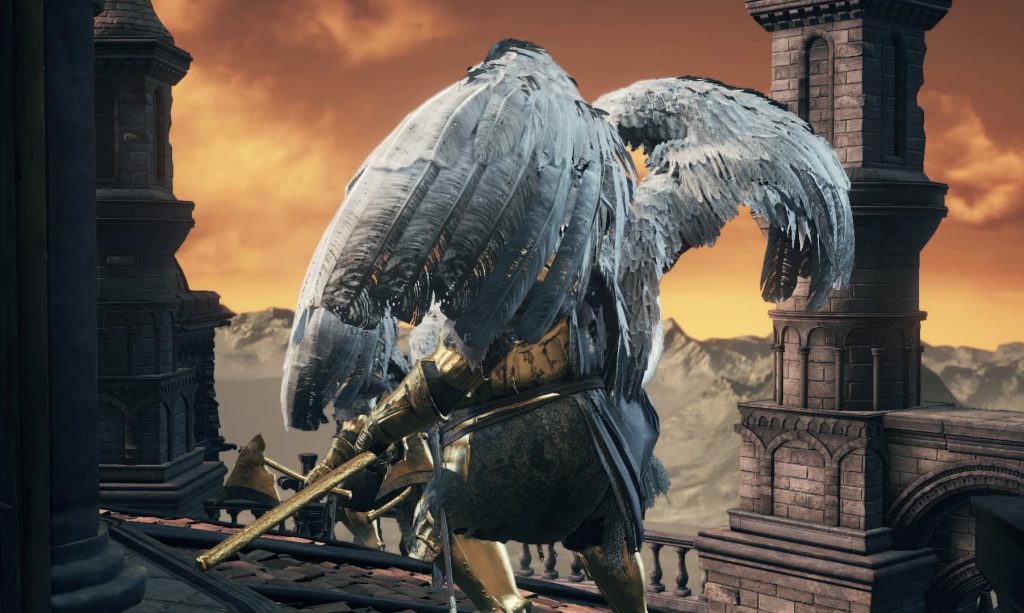 Balance. The sort of vague mysterious quality to both games makes for a somewhat diffuse balance. But that being said, the gameplay itself is intense and spectacular. Even though the bosses are huge and terrifying, or maybe because of it, I tend to prefer the levels. These are just awesome sauce and I also like the high level of challenge and the collecting and “upgrading.” These are just very satisfying games if you invest the time. BB felt a little tighter and more focused, but the increased scope of DS3 is fabulous too.
Balance. The sort of vague mysterious quality to both games makes for a somewhat diffuse balance. But that being said, the gameplay itself is intense and spectacular. Even though the bosses are huge and terrifying, or maybe because of it, I tend to prefer the levels. These are just awesome sauce and I also like the high level of challenge and the collecting and “upgrading.” These are just very satisfying games if you invest the time. BB felt a little tighter and more focused, but the increased scope of DS3 is fabulous too.
Mystery. I’ve said it before, but I’ll say it again. These games are oddly mysterious, ambiguous, and “ill documented.” In that, they don’t explicitly teach the player about what’s available through clear tutorials, and they don’t even telegraph the availability and consequences of major branches, mechanics, decisions and whatnot. For example, if you were playing a spell-caster, opening up the vendors that sell most of the spells requires an odd sequences of dialogs and encounters, none of which is clear. You could easily goof or miss out on these. That’s just the way this game is. I happen to like this vague quality and find it highly immersive. But I also love David Lynch films. If you like everything very neat and well telegraphed, or don’t enjoy pouring over the online wiki descriptions, these games might be extra super hardcore frustrating. If, like me, you embrace it, they have a flavor, complexity, and immersive quality much different from a more explicit game.
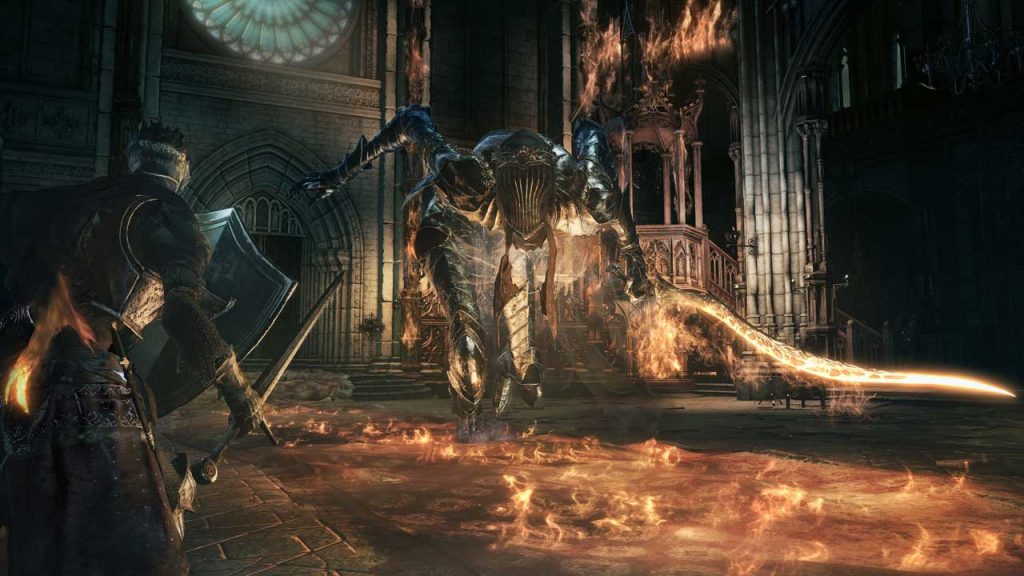 Overall, these are just some of my favorite games in recent years — true masterpieces. If you don’t mind your games hard (very very hard), and you like fantasy combat and aren’t easily creeped out, you must play them.
Overall, these are just some of my favorite games in recent years — true masterpieces. If you don’t mind your games hard (very very hard), and you like fantasy combat and aren’t easily creeped out, you must play them.
For more video game posts, click here.
| If you liked this post, follow me at:
My novels: The Darkening Dream and Untimed |
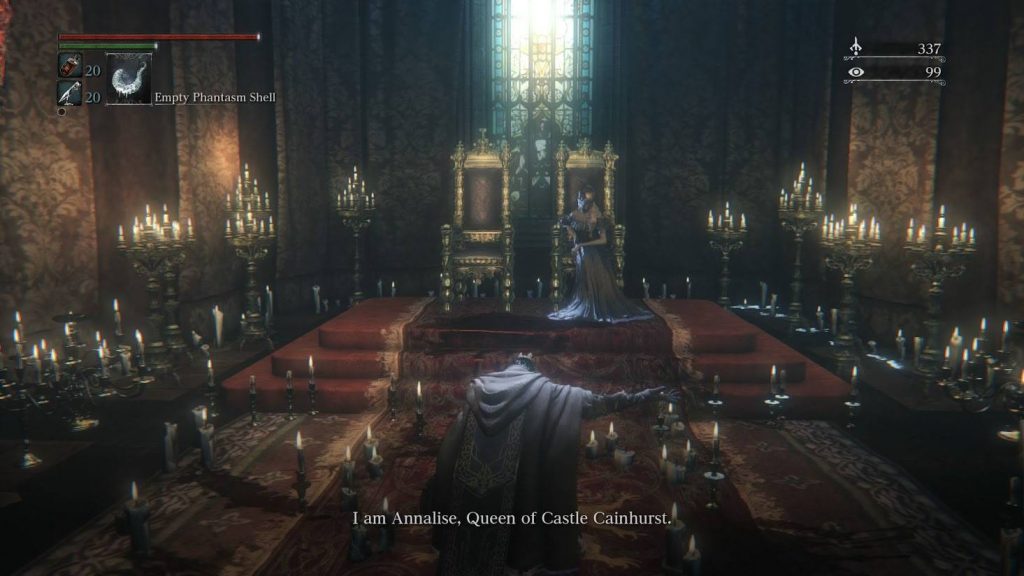

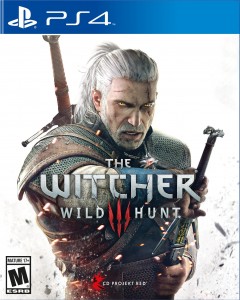
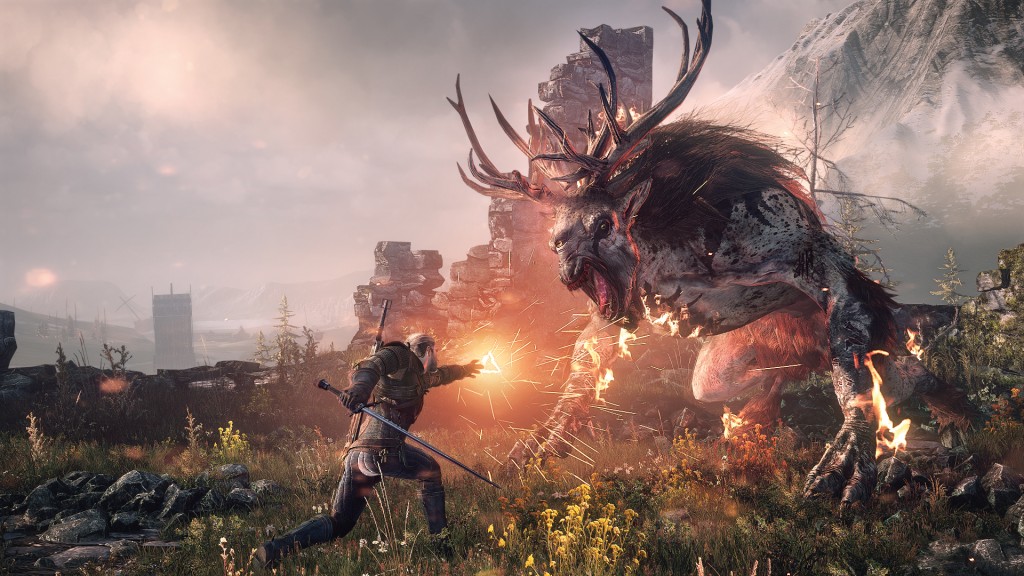
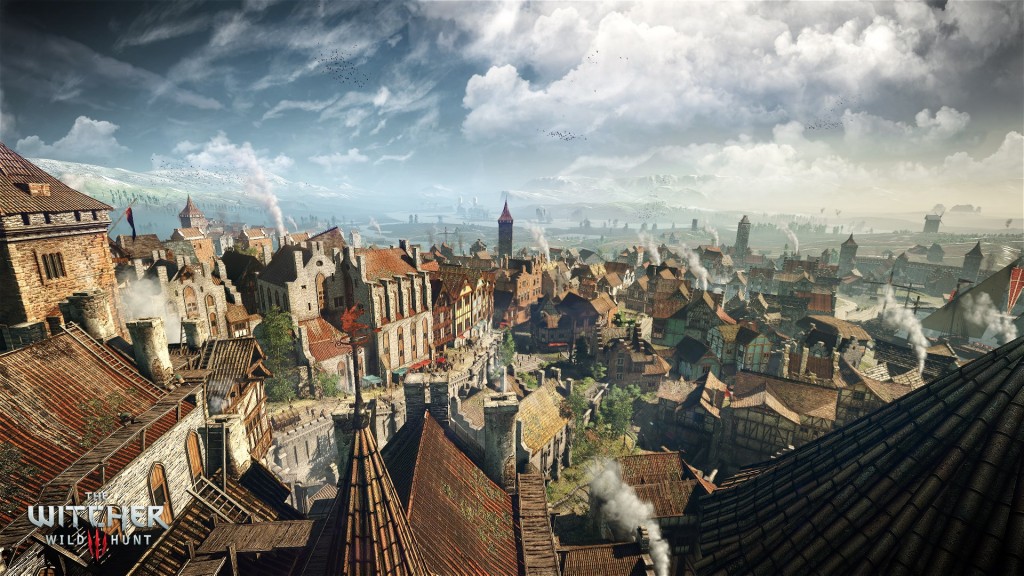
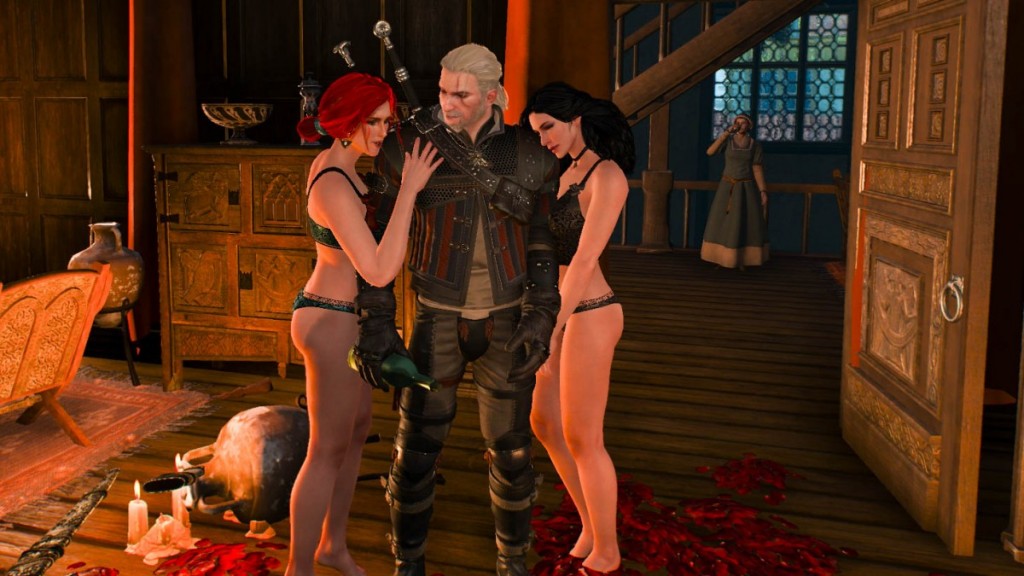
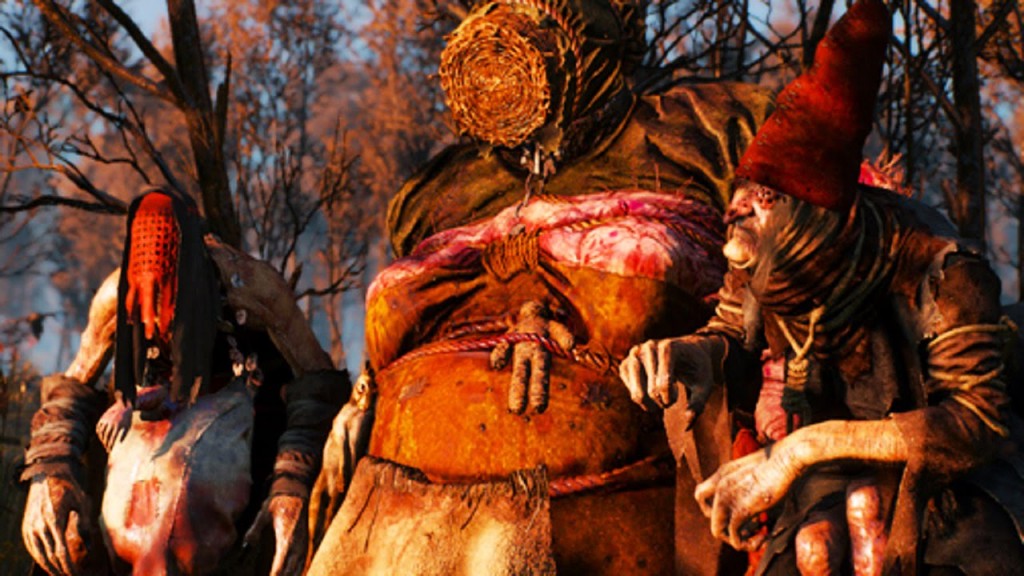
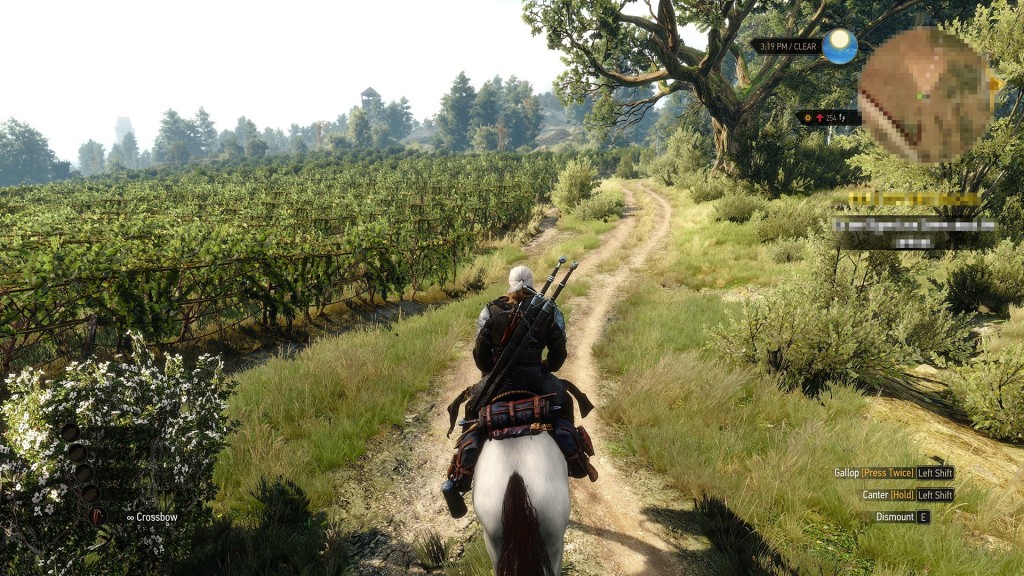
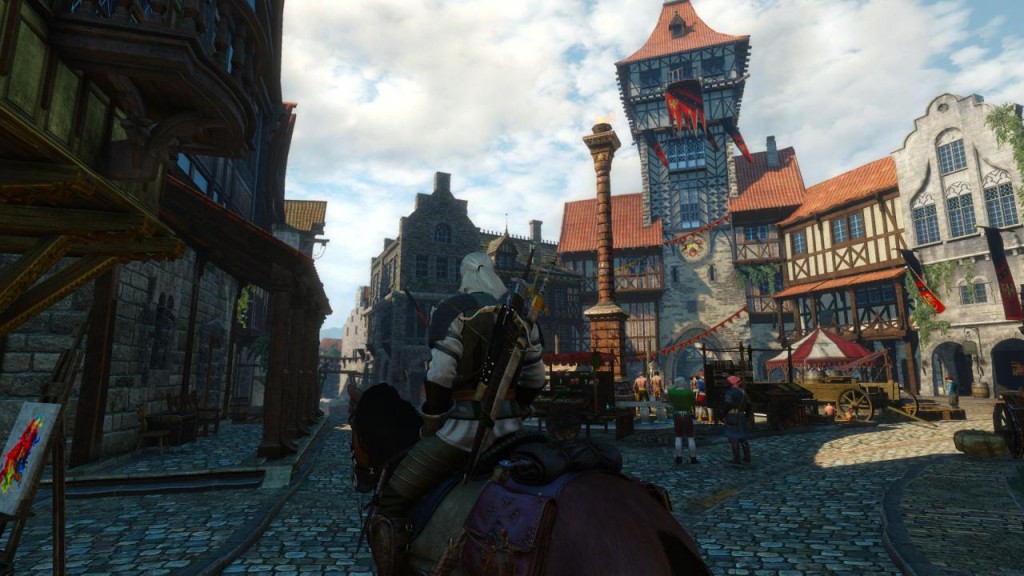
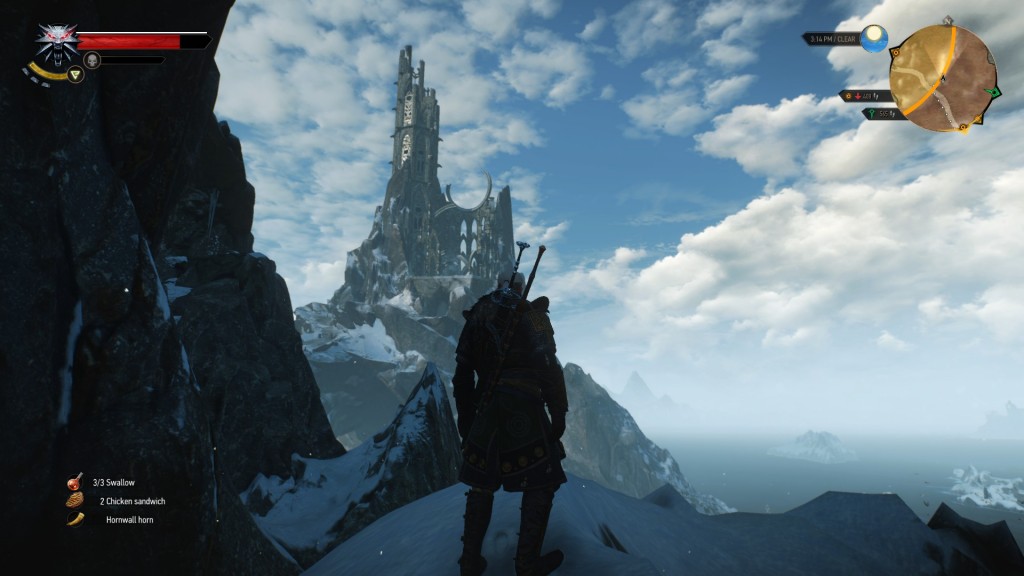
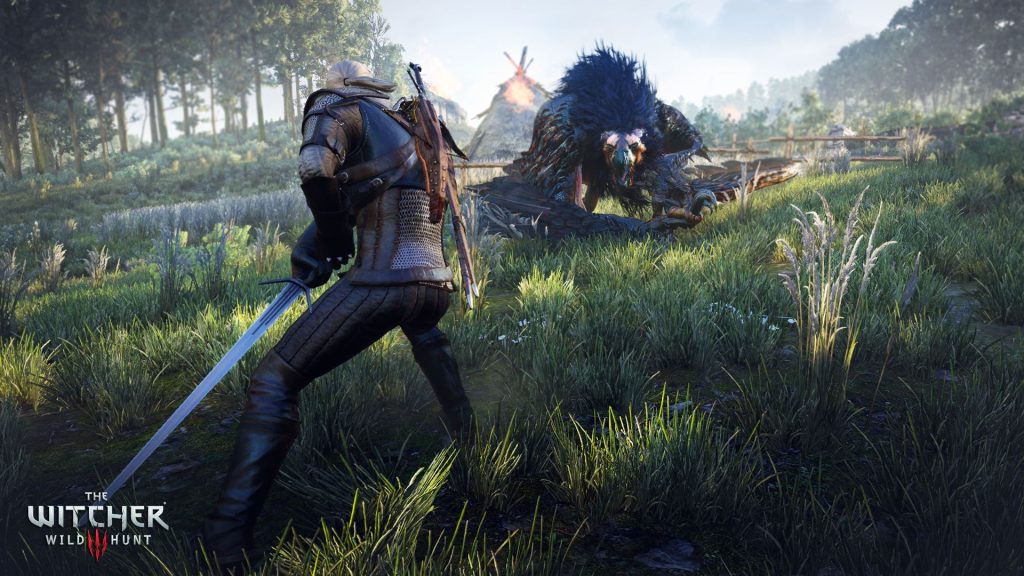
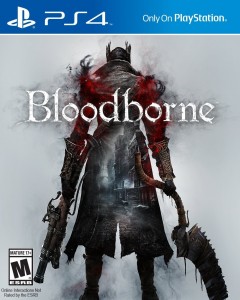
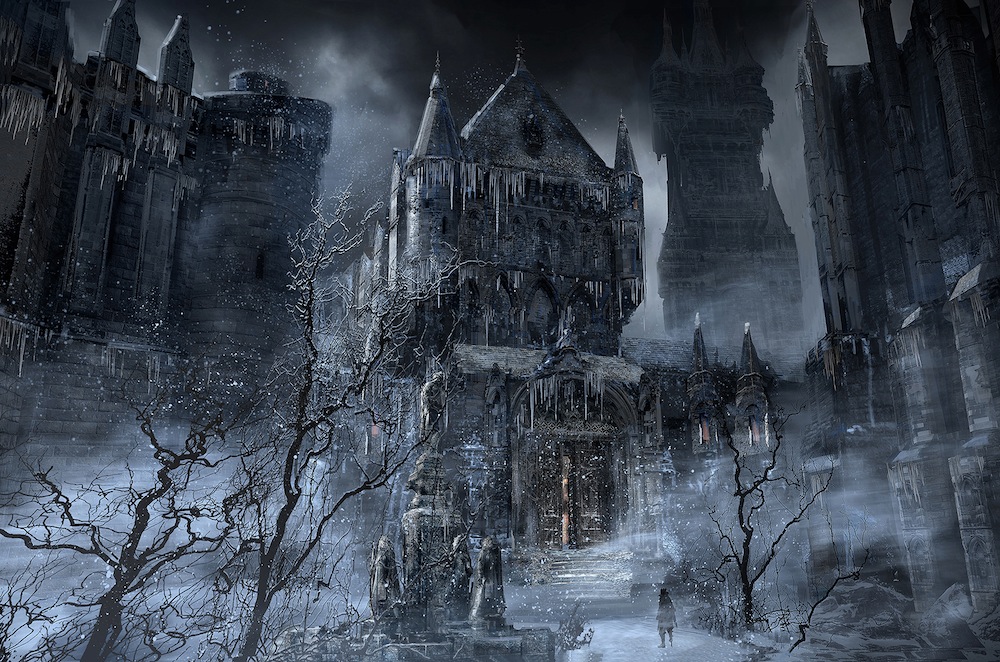 It’s just so deliciously creepy and mythological. Really. Dark Souls has a cool world feel and mythology, and there is significant overlap, but Bloodborne really takes it all to the next level, elevating itself above mere video game (and it rocks in that department) to become a genuine work of art. Surely no chipper happy landscape painting, but a dark broody bloody 1911 horror novel of a game.
It’s just so deliciously creepy and mythological. Really. Dark Souls has a cool world feel and mythology, and there is significant overlap, but Bloodborne really takes it all to the next level, elevating itself above mere video game (and it rocks in that department) to become a genuine work of art. Surely no chipper happy landscape painting, but a dark broody bloody 1911 horror novel of a game.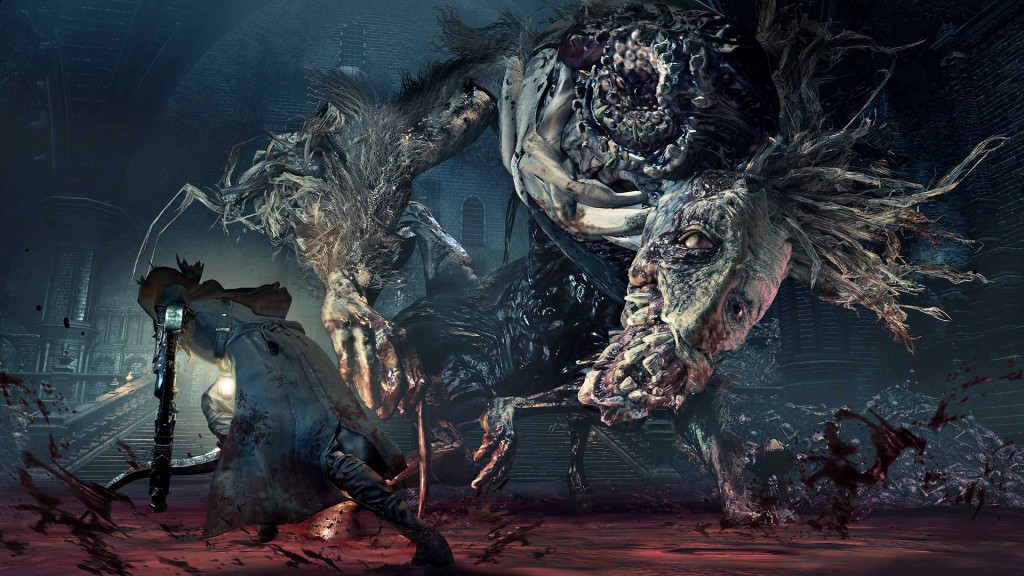 Which brings us to more fantastic points about Bloodborne, the gameplay. The sneaking around and the combat is really quite excellent. It’s extremely difficult, and very skill oriented, particularly the many many varied bosses. But the mechanics are intensely visceral and satisfying. The combinations of feel, exceptional animation, physics/collision driven hand to hand, and amazing art and sound design all serve to enhance the effect. Every strike is satisfying.
Which brings us to more fantastic points about Bloodborne, the gameplay. The sneaking around and the combat is really quite excellent. It’s extremely difficult, and very skill oriented, particularly the many many varied bosses. But the mechanics are intensely visceral and satisfying. The combinations of feel, exceptional animation, physics/collision driven hand to hand, and amazing art and sound design all serve to enhance the effect. Every strike is satisfying.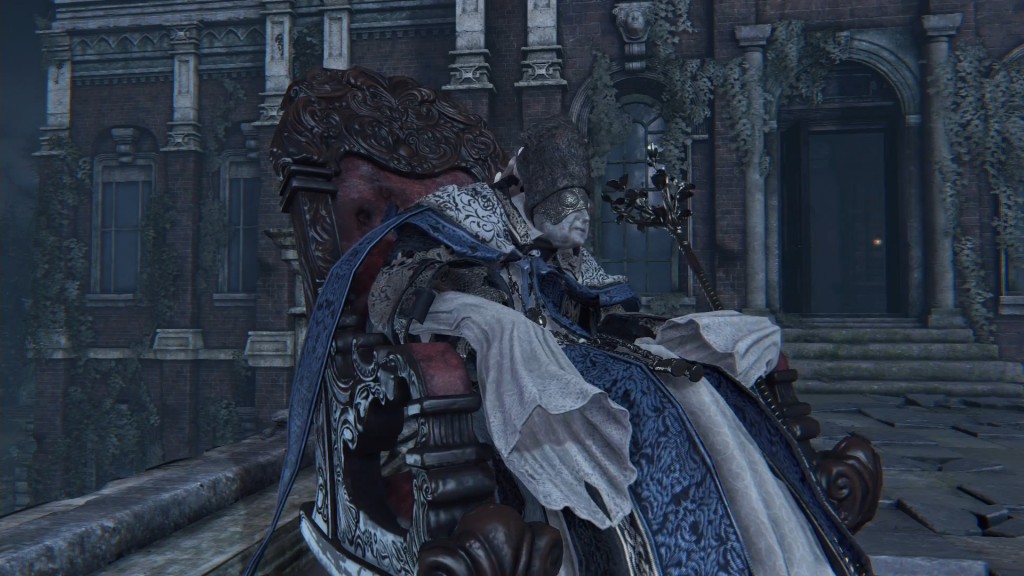 The meta game is excellent too. At first I though it cryptic and the investments of blood echoes into levels of little apparent goal. However, I found that Bloodborne is actually a satisfyingly easy game to grind. Having trouble with a boss? Well, there are two options: read up on strategy and practice, or level up and practice — actually, you pretty much have to do both. The game doesn’t discourage a bit of grinding, and rarely makes it take that long. Plus the combat is so satisfying that even killing a room full of monsters over and over again is fun. 15 minutes of grinding will often earn you a level or two. Grinding up weapon upgrade “stones” and gems works pretty well too.
The meta game is excellent too. At first I though it cryptic and the investments of blood echoes into levels of little apparent goal. However, I found that Bloodborne is actually a satisfyingly easy game to grind. Having trouble with a boss? Well, there are two options: read up on strategy and practice, or level up and practice — actually, you pretty much have to do both. The game doesn’t discourage a bit of grinding, and rarely makes it take that long. Plus the combat is so satisfying that even killing a room full of monsters over and over again is fun. 15 minutes of grinding will often earn you a level or two. Grinding up weapon upgrade “stones” and gems works pretty well too.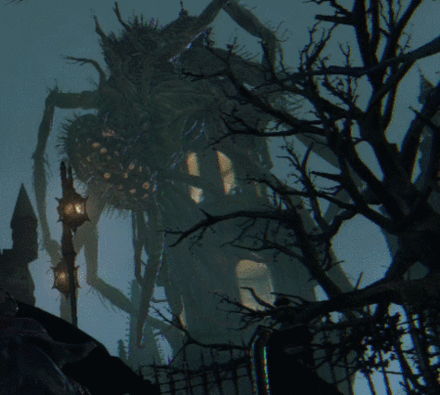
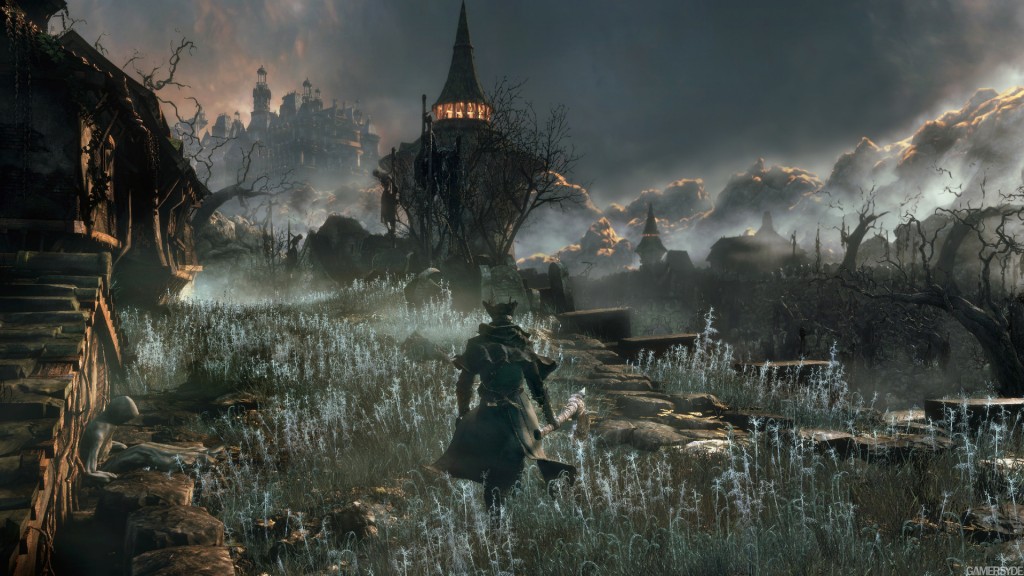 Let’s talk about atmosphere. Bloodborne is Japanese Gothic, with a kind of vaguely european, vaguely 18th or 19th century vibe. Creepy cities, leather, top hats, blunderbusses, werwolves, and all that. It’s a gorgeous gorgeous kind of dark game. Excellent and moody visuals and soundscape.
Let’s talk about atmosphere. Bloodborne is Japanese Gothic, with a kind of vaguely european, vaguely 18th or 19th century vibe. Creepy cities, leather, top hats, blunderbusses, werwolves, and all that. It’s a gorgeous gorgeous kind of dark game. Excellent and moody visuals and soundscape.